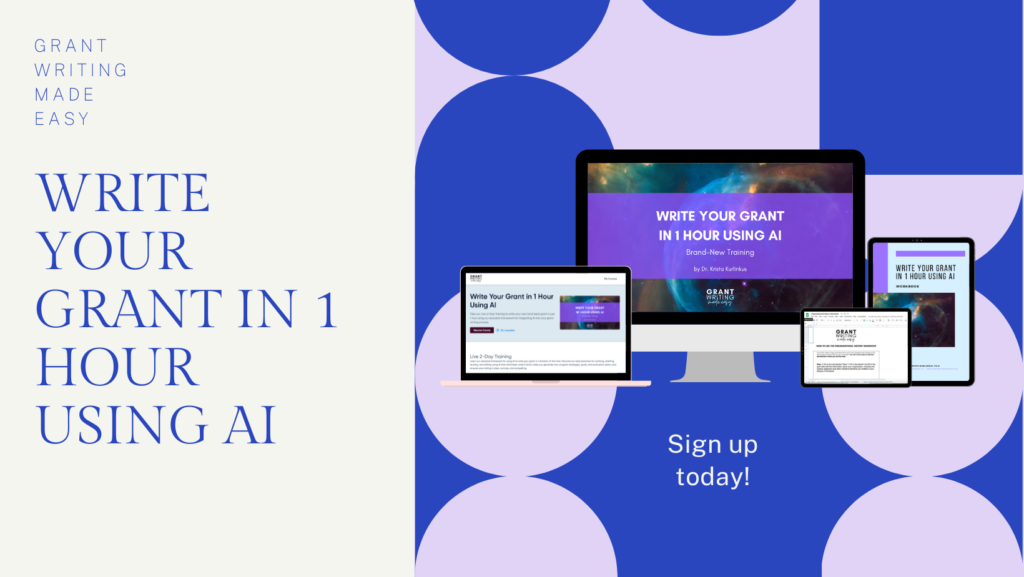Introduction
In the world of nonprofits, grant writing is both a lifeline and a challenge. Despite its crucial role in securing funds, the process can be time-consuming and often requires a considerable amount of creativity and meticulous detail. Enter AI solutions like ChatGPT – a powerful tool that can significantly streamline your grant writing workflow.
The Power of AI: Streamlining Your Grant Writing Process with ChatGPT
Artificial intelligence (AI) has been making waves in various sectors, and the nonprofit world is no exception. Among the many AI solutions available, ChatGPT by OpenAI stands out for its advanced capabilities. It can be an invaluable aid in making your grant writing process smoother, quicker, and more efficient.
Here’s a step-by-step guide on integrating ChatGPT into your grant writing workflow:
Step 1: Understand Your Needs
Every grant writing project has its unique requirements and nuances. To make the most out of ChatGPT, begin by clearly defining your needs. Understand the purpose of the grant, the target audience, and the specific details that need to be included in your application.
Action Step: Clearly define the goal of your grant application, your target audience, and specific details that need to be included.
Example Prompt: “ChatGPT, help me list the important details that a grant application for environmental conservation should contain.”
Step 2: Familiarize Yourself with ChatGPT
Before incorporating ChatGPT into your workflow, get to know its capabilities and features. Spend some time exploring how the platform generates responses and adapts to different inputs. You can experiment with different prompts to understand its language generation capabilities better.
Action Step: Spend time interacting with ChatGPT to understand its response mechanism and capabilities.
Example Prompt: “ChatGPT, can you help me understand the features and capabilities of your AI system?”
Step 3: Use ChatGPT for Idea Generation
Brainstorming and idea generation is a vital part of the grant writing process. ChatGPT can be a great tool to bounce ideas off. You can input your initial ideas and have the AI generate more thoughts or expand on your existing ones.
Action Step: Input your initial ideas and brainstorm with ChatGPT to expand them or generate new ones.
Example Prompt: “ChatGPT, I have an idea about providing clean water solutions to underserved communities. Can you suggest ways to expand this idea?”
Step 4: Drafting Your Proposal
When you’re ready to start drafting, use ChatGPT to create a basic structure for your grant proposal. Input prompts related to your proposal, such as “Draft an introduction for a grant proposal focused on environmental conservation,” and let the AI generate a draft. From there, you can revise and refine as necessary.
Action Step: Use ChatGPT to create a basic structure or outline for your grant proposal.
Example Prompt: “ChatGPT, please help me draft an outline for a grant proposal focused on providing clean water solutions. Include a statement of need, program design, budget, and summary.”
Step 5: Editing and Refining
After drafting your proposal, you can use ChatGPT to help with editing. For instance, you can input specific sentences or paragraphs and ask the AI for alternative phrasings or ways to make the writing more compelling.
Action Step: Utilize ChatGPT’s capabilities to help with the editing process by refining your sentences and improving language usage.
Example Prompt: “ChatGPT, can you suggest a more compelling way to phrase this sentence: ‘We aim to provide clean water to communities in need’?”
Step 6: Regular Feedback and Adjustments
As with any tool, regular feedback and adjustments are crucial. AI, including ChatGPT, learns from feedback. If the generated content doesn’t meet your expectations, make adjustments to your prompts or provide more specific information.
Action Step: Provide regular feedback to ChatGPT and make adjustments to the inputs to improve the quality of the output.
Example Prompt: “ChatGPT, the previous output was too formal. Can you make it more conversational?”
Conclusion: Embracing AI for a Smoother Workflow
By following these steps, you can effectively integrate ChatGPT into your grant writing workflow. The result is a more efficient process that leaves you with more time to focus on what matters most: your mission. Remember, while AI is an incredibly powerful tool, it’s there to assist, not replace. The human touch in understanding the nuances of your nonprofit and its cause is irreplaceable. Use ChatGPT to enhance your work, not to completely take over.
Happy grant writing, and here’s to harnessing the power of AI to make your nonprofit journey smoother and more impactful!

Ready to totally revolutionize your grant writing process? Join “Write Your Grant in One Hour Using AI,” a transformative live training course that leverages the power of artificial intelligence to help you create compelling grant proposals in a fraction of the usual time.
Our newest course offers 4 hours of video training, an 80+ page fillable digital workbook, and a prompt cheatsheet that will guide you through outlining, drafting, revising, and editing your grant using AI. Our exclusive framework eliminates writer’s block and aids in the generation of new program strategies, goals, and evaluation plans, ensuring your writing is clear, concise, and compelling.
Next 2-hour live training will be on Thursday, June 22, 11 am-1 pm CT.






